Meet The Black-naped Monarch (Hypothymis azurea), also known as the Black-naped Blue Monarch, is a small passerine bird belonging to the family of monarch flycatchers found in southern and south-eastern Asia.


Most commonly characterised by its males sporting a bright blue plumage and a distinctive black patch on the back of its head. They are sexually dimorphic, with the male having a distinctive black patch on the back of the head and a narrow black half collar (“necklace”), while the female is duller with olive brown wings and lacking the black markings on the head.
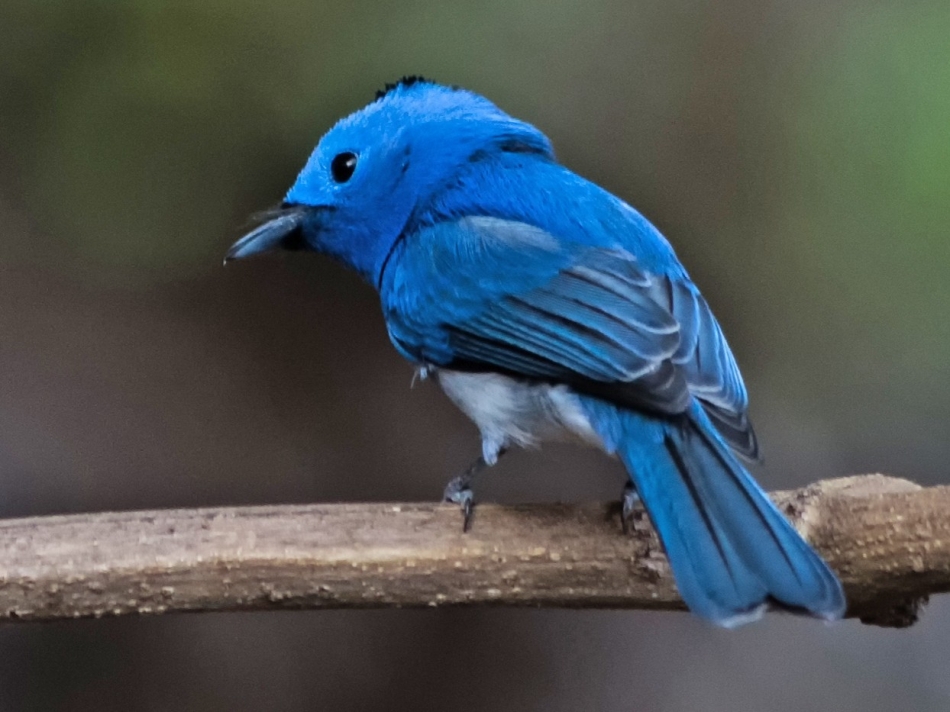

They have a call that is similar to that of the Asian paradise flycatcher, and in tropical forest habitats, pairs may join mixed-species foraging flocks. Populations differ slightly in plumage colour and sizes. The black-naped monarch was described by the French polymath Georges-Louis Leclerc, Comte de Buffon in 1779 in his Histoire Naturelle des Oiseaux. The bird was also illustrated in a hand-coloured plate engraved by François-Nicolas Martinet in the Planches Enluminées D’Histoire Naturelle which was produced under the supervision of Edme-Louis Daubenton to accompany Buffon’s text.
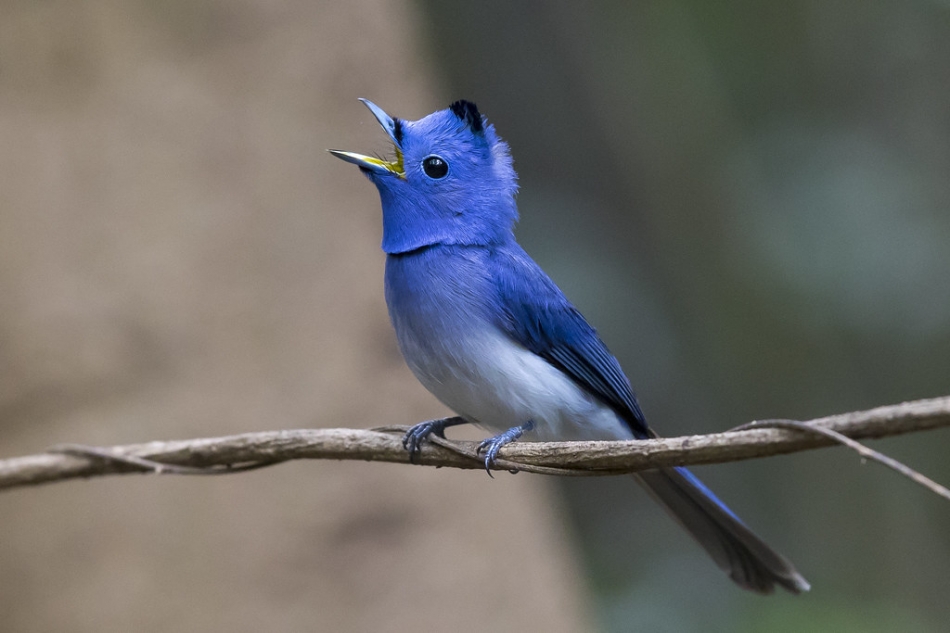

Alternate names for the black-naped monarch include black-naped blue monarch and black-naped monarch flycatcher. Some authorities separate two former subspecies, H. a. blasii (Banggai Island) and H. a. puella (Sulawesi), and place them as subspecies of the pale-blue monarch (Hypothymis puella).
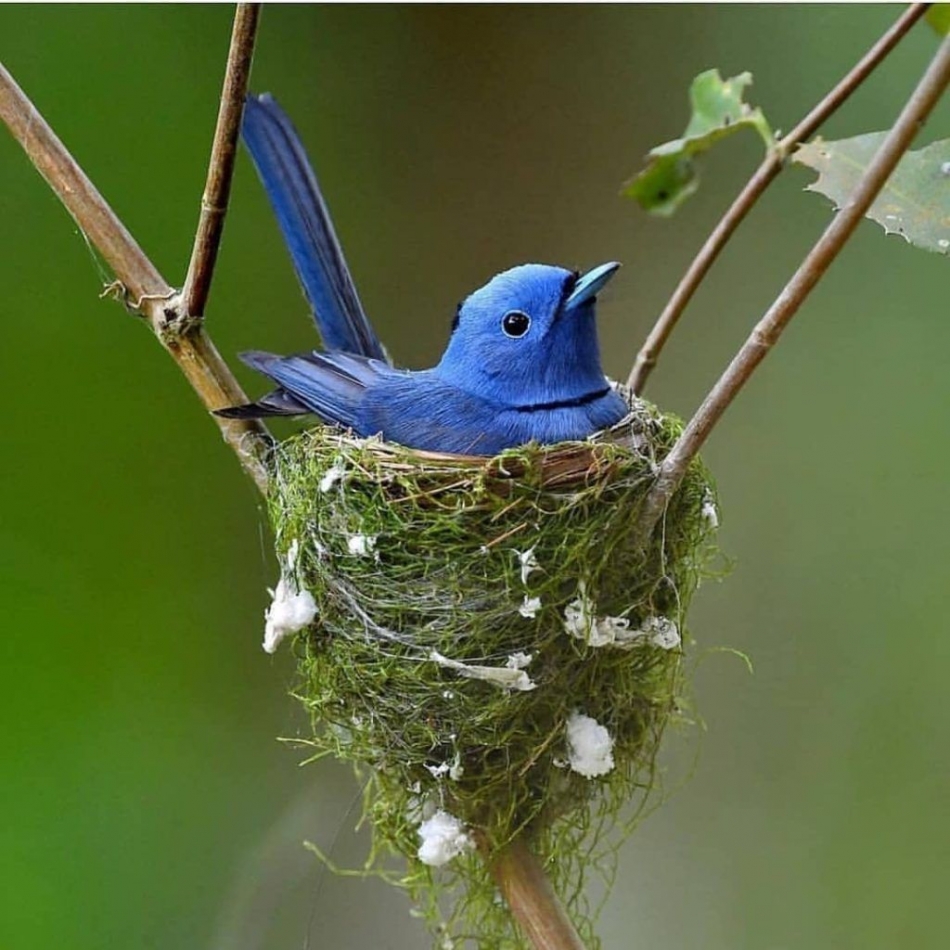

The adult male black-naped monarch is about 16 cm long, and is mainly pale azure blue apart from a whitish lower belly. It has a black nape and a narrow black gorget. The female is duller and lacks the black markings. Its wings and back are grey-brown.


The female is duller and lacks the black markings. Its wings and back are grey-brown. However, several geographically separated breeding populations differ in the extent and shade of markings. The Indian peninsula has subspecies H. a. styani (which subsumes H. a. sykesi of Stuart Baker), in which males have very distinct black markings and a whitish abdomen.
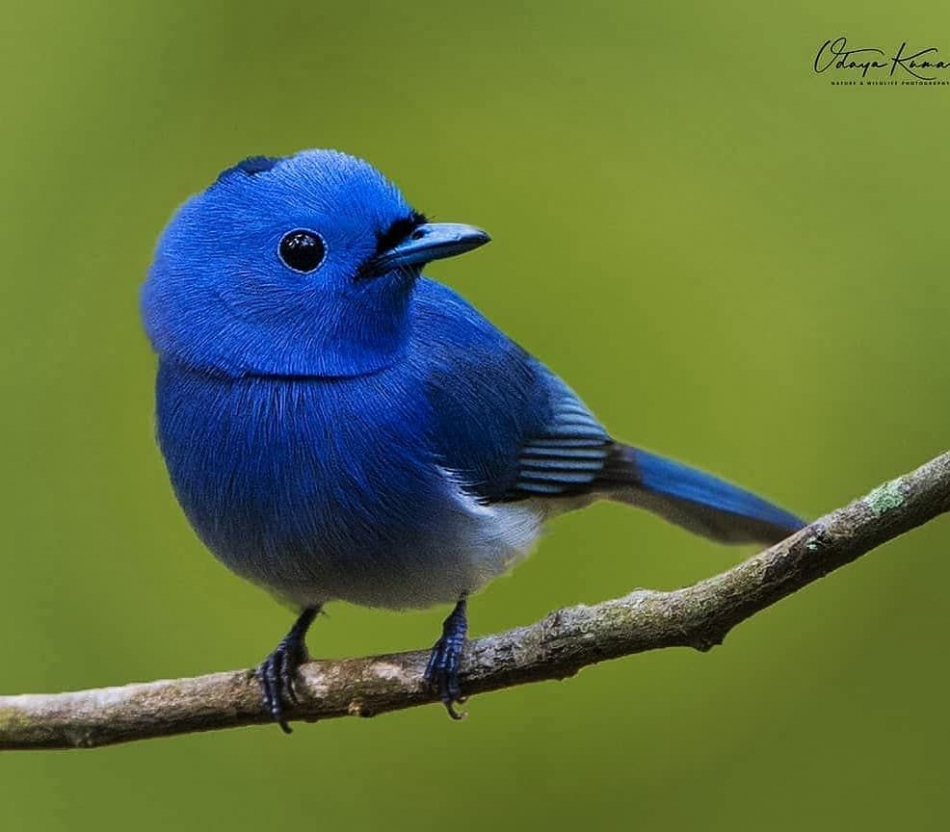

Males of the Sri Lankan race H. a. ceylonensis lack the black nape and gorget and the shade is more purplish. The subspecies of the Andaman Islands, H. a. tytleri, has the underparts blue grey. The form on Car Nicobar Island, H. a. idiochroa, has a greyish white belly, while H. a. nicobarica from the southern Nicobars has a smaller and finer bill. The colour of the gape is yellowish to green.
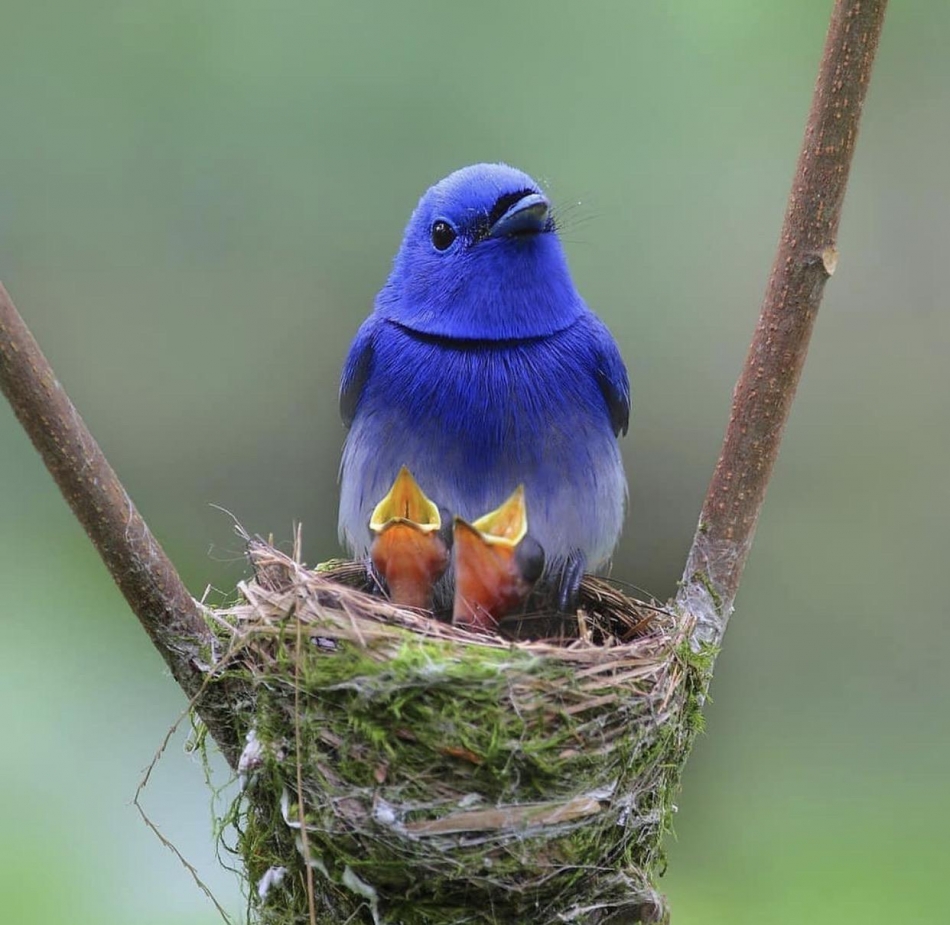

The black-naped monarch breeds across tropical southern Asia from India and Sri Lanka east to Indonesia and the Philippines. This species is usually found in thick forests and other well-wooded habitats. Although they are largely residents, local seasonal movements are known.


The breeding season in India is March to August and the nest is a neat cup placed in a fork. The cup is lined with filaments of webbing and fungi including those of the genus Marasmius which are known to produce antibiotics and may benefit the birds by protecting the young from infection. The nest is built by the female while the male guards. The typical clutch is three eggs, which both parents incubate and both feed the young, which hatch after about 12 days.


The webs of large spiders such as Nephila maculata have been known to trap the bird. An astrovirus was detected in a black-naped monarch in Cambodia, a virus that was earlier unknown from passerines. The feather mite Proterothrix hypothymis (Pterodectinae: Protophyllodidae) has been described from black-naped monarchs in Vietnam.
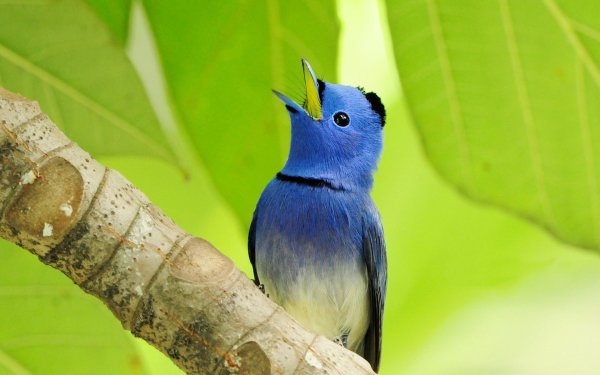

The calls are a sharp and abrupt skrip. The main breeding season in India is in summer from May to July. Two to three eggs are laid in a cup nest placed in the fork of a tree. The nest is decorated with spider-egg cases.


The black-naped monarch has short legs and sits very upright whilst perched prominently, like a shrike. It is insectivorous, often hunting by flycatching. When alarmed or alert, the nape feathers are raised into a pointed crest. They join mixed-species foraging flocks, being among the most significant members of such flocks in the Western Ghats, and are active in the understory of forest canopies. A study in Sri Lanka showed that they are affected by human disturbance causing them to recede from disturbed edges by about 75 m.
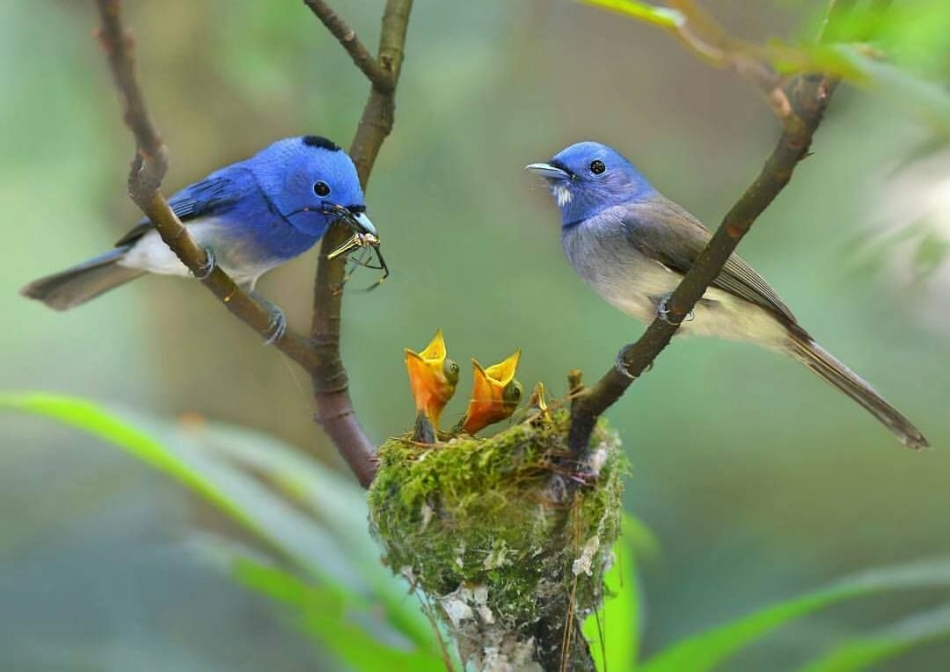

This ingenious nest is built by the mother while the father guards. Both parents incubate and both feed the young. You can watch video black-naped Monarch feeding chicks in the nest.




